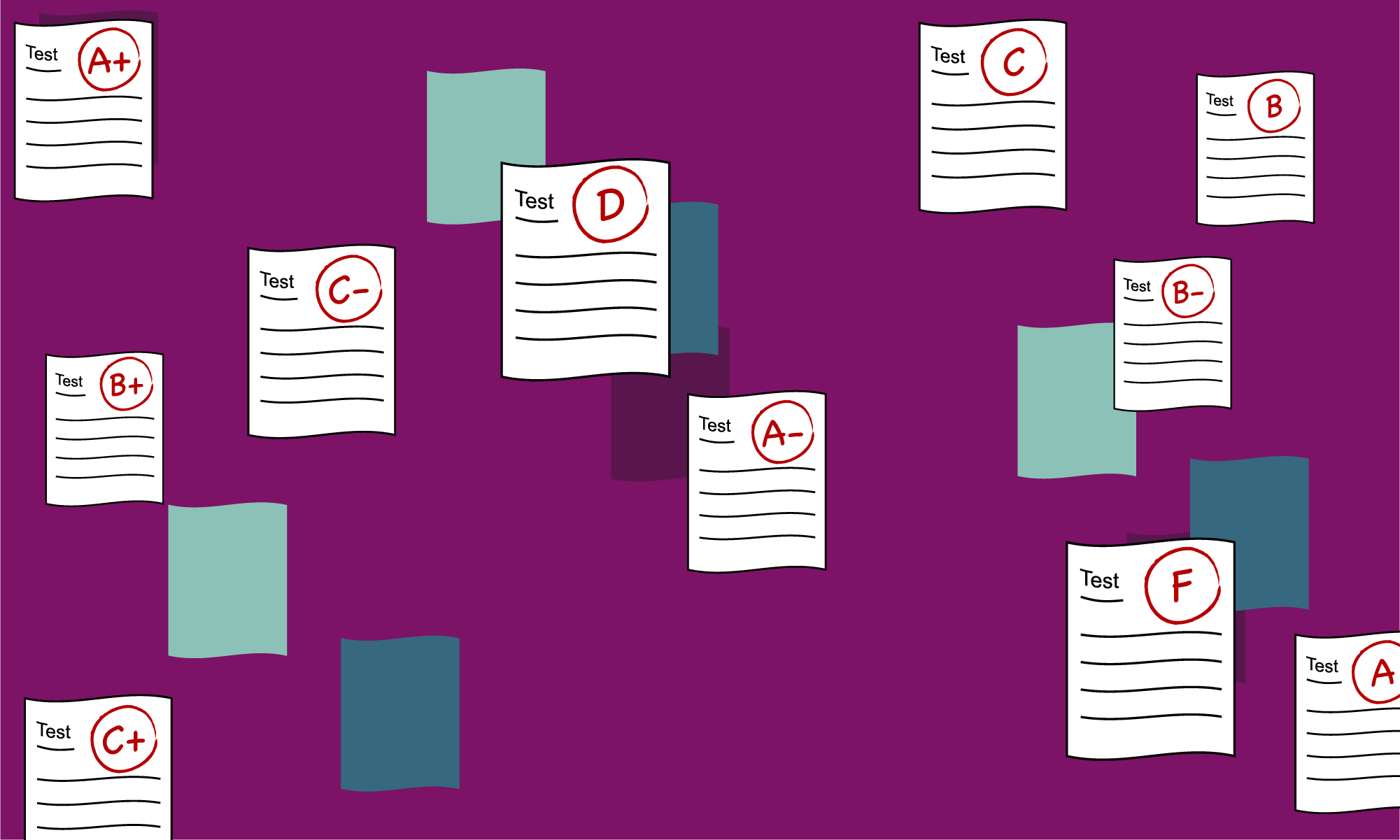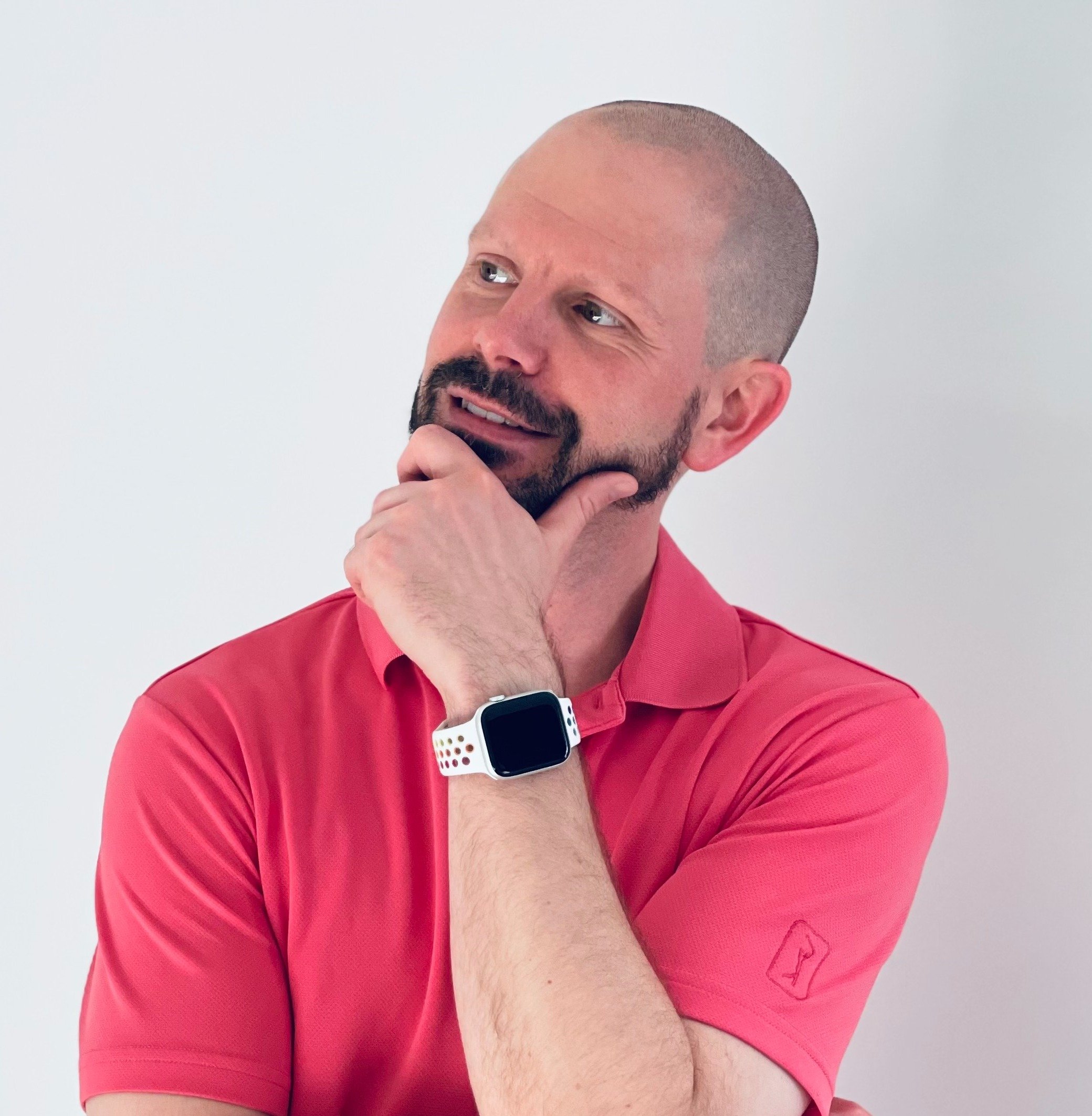5 steps to start implementing standards-based learning in your learning environment
“Mr. Bronke, I see that I got an 85% on this paper; can you help me understand what 15% of writing an argument I didn’t do?” I stood there, holding the paper that this student had just handed back to me, unable to find the words to answer. Sure, there was a rubric to which I could point the student, and sure, as a writer myself, I could talk about places where this piece could improve, but there was nothing I could say to turn those places for improvement into the “15%” that was “missing” from a “100%” quality paper.
This was five years ago. One of my 9th-grade students, without knowing it, launched a quest to transform my classroom into a standards-based learning (SBL) environment. And while it did take me about three years to get it up and running, and while I continue to make adjustments yearly, it is my hope that what I share here today might help you navigate this change. If you are currently using a SBL system, perhaps something I share might help you kick it up a notch. If you are in the planning process but have not yet pulled the trigger, perhaps something I share will help support you in jumping in. And if you are just trying to figure out where/how to start, perhaps something I share can get the ball rolling for you.
Before I begin, I must give credit and “thank yous” to my dear friend and amazing colleague, Dr. Kristie Ennis, who worked tirelessly with me on developing much of the system I use today.
So with that, I share my five biggest takeaways for the implementation of standards-based learning/assessment. This is by no means an authoritative nor exhaustive list, but instead, I offer these thoughts as some of the biggest “wins” I have had along the way and hope they help you become a SBL winner!
Top 5 Takeaways
5. Embrace the Power of 1:1 or Small-Group Over Whole-Class Instruction
One of the elements of learning that a shift to SBL illuminated for me was that I had a much clearer picture of what each specific student was doing well and where they needed support. By tracking their progress towards mastery as opposed to staring at a collection of percentages earned, I just knew better what each student needed. So, with this deeper understanding, I stopped making students sit through instruction they didn’t need; I was better able to target my instruction to student needs. In fact, I have not done a whole-class lesson in over two years. Instead, my class is a robust series of targeted small-group instruction, optional mini-lessons, and a hell of a lot of 1:1 conferences to provide the individual support needed to get each student to mastery.
4. Keep Good (Different) Records
In order to manage and be successful at embracing the power of 1:1 or small group instruction, I had to develop a robust system of recording keeping — one that a traditional gradebook does not generally (at least not the one in the district in which I teach) allow. So, as a means by which I could track the individual process, I developed a series of spreadsheets that allow for my notes and for student reflection. Each student gets a “Student Work Hub” which is a sheet that has each of the standards across the top. So, as students progress through the work, both the student and I will make notes of what they are working on and how it is (or isn’t) helping them progress towards mastery on each standard. As a result, there are no grades in my official gradebook until the end of the semester when I am forced to convert their progress towards mastery into a grade (which is done using a clearly defined conversion system that students have since day one), and yet, I can tell you more about each individual student of mine now than I ever could when entering percentages into a gradebook throughout the semester.
3. Rethink the Need For and Use of Deadlines
Mastery takes time — time that is varied and different based on each student, and yet, the concept of hard deadlines prevents that time from living and breathing in a way that is organic to the development of skill. Not to mention the fact that, in the grand scheme of things, do we ever really “master” anything? I was recently on a writing contract for a theater company in Seattle and after a few revisions and a couple of suggestions from the editor, we both agreed we had what was a final version of a piece and were ready to publish. Two days later she shared the link with me so I could see it in publication, and as I read the second paragraph, I just about threw up. It literally was the worst paragraph I had EVER sent to “print.” But you know what, I was still able to “revise” it since it was an online publication. The moral of the story is simple: mastery is never final and can always evolve over time, so we need to be sure to build pathways for students that embrace this reality.
2. Move Beyond Thinking In Terms of Assignments
There are, or should be, standards, skills, and learning that stretch across multiple assignments and units, and when we think in terms of assignments, we are placing a value on a student’s learning/mastery that may very well still be developing. One big shift I made was to stop thinking about “grading” each assignment but instead, tracking progress towards mastery across assignments. Here is what it used to sound like, “You got an 85% on this argumentative paper” (remember the student who started this all?), but now, after a student completes a piece of writing, I might say, “This shows good progress towards mastery in claim writing and analysis, but your control of language needs more work. Let’s remember that so we can come back to it if we need more evidence towards mastery later in the semester.” When we refrain from putting grades on assignments, we invite students to revise, to grow, to track progress, and to revisit previous work if/when more evidence towards mastery is needed.
1. Prepare to Support All Learners
The first semester I implemented SBL, I was faced with a situation that I did not expect. With three weeks left in the semester, I had one student who literally had completed all the work at a level which showed complete mastery in all the standards, and I had another student who, at this same three-week mark had not demonstrated mastery yet on any of the standards. While I wasn’t totally surprised by this, I also hadn’t played this scenario out in my own mind/planning. This forced me to really think about supporting ALL learners. Here is what I did. The student who had demonstrated mastery was one who loved “creative writing”, so I challenged her to go back to her personal narrative from earlier in the semester and rewrite with a different narrator. And the student who hadn’t demonstrated mastery in anything yet? We meet to develop a plan for the next three weeks, and, as part of that plan, we agreed to use the upcoming winter break as an extended time to demonstrate mastery. I didn’t have to submit grades until after the break, even though the semester technically ended on the last day before break. While this is a small example, it opened my eyes to all the different ways SBL allows me to work 1:1 to support all learners.
After two years of research and prep and three years of living in a SBL classroom, I know one thing: everything I do still continues to evolve. From the ways I deliver instruction to the methods for recording keeping, everything is constantly evolving. And if I am being honest, this evolution almost prevented me from ever starting. Every time I felt ready to dive in, I had either new consternation or a new revelation. So, above all, my biggest suggestion to you today is to do your research and planning but also just get started. As Walt Disney reminds us, “The way to get started is to quit talking and start doing.”
Learn more about standards-based grading with our 10-hour micro-course:




